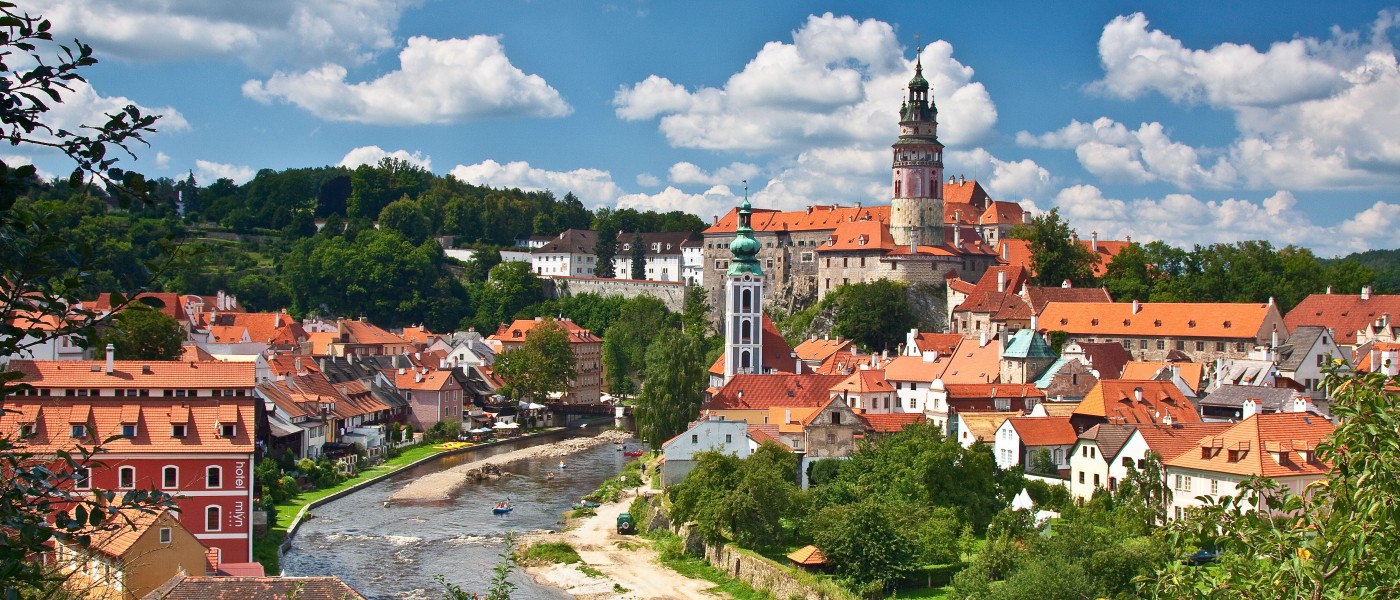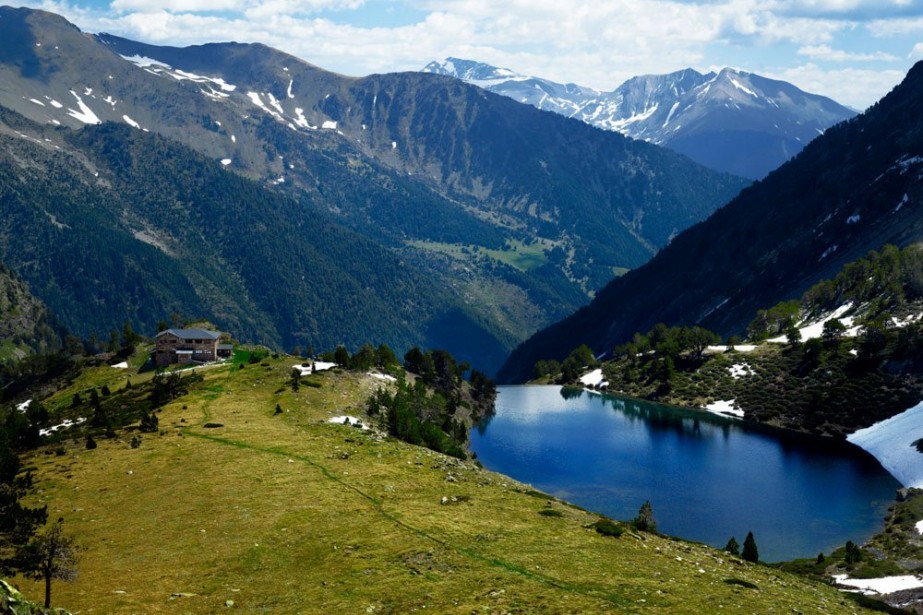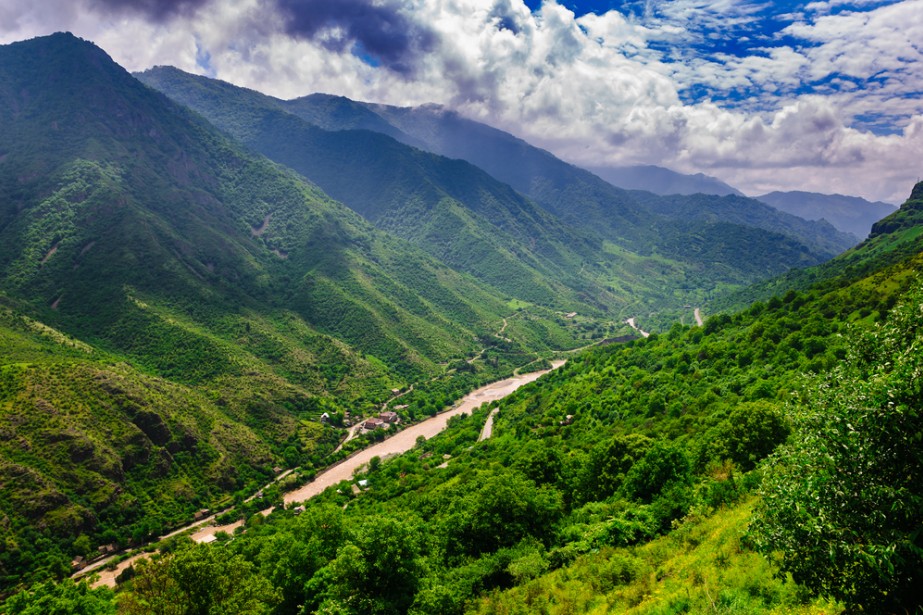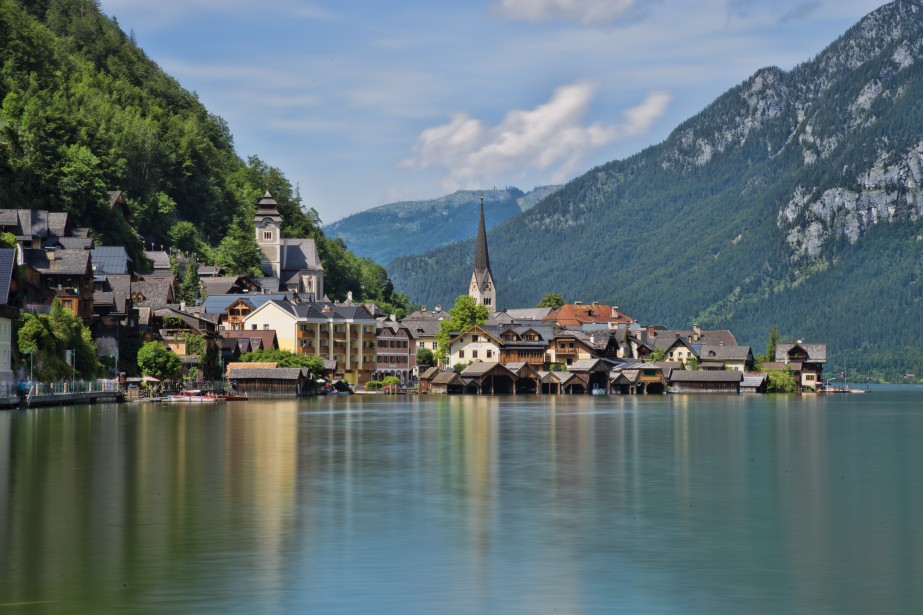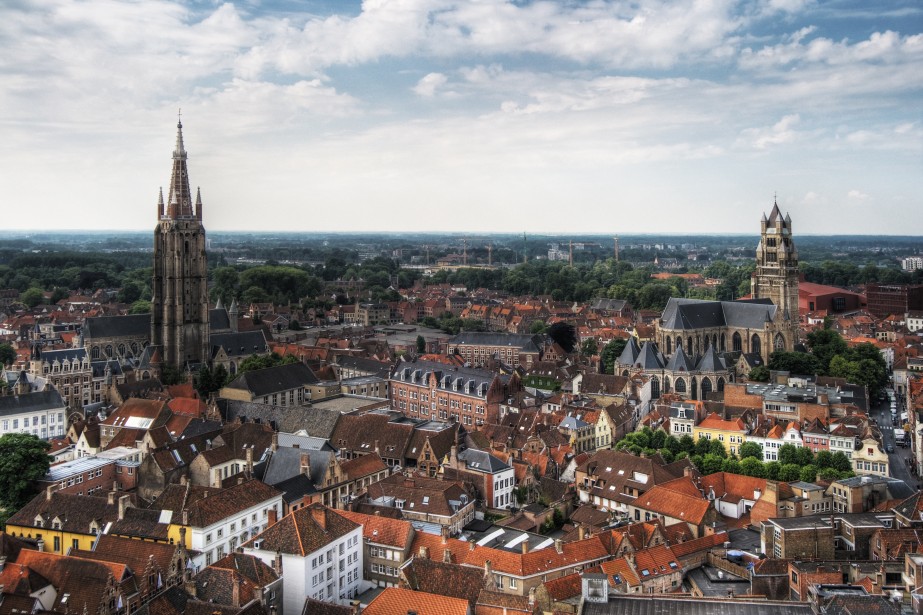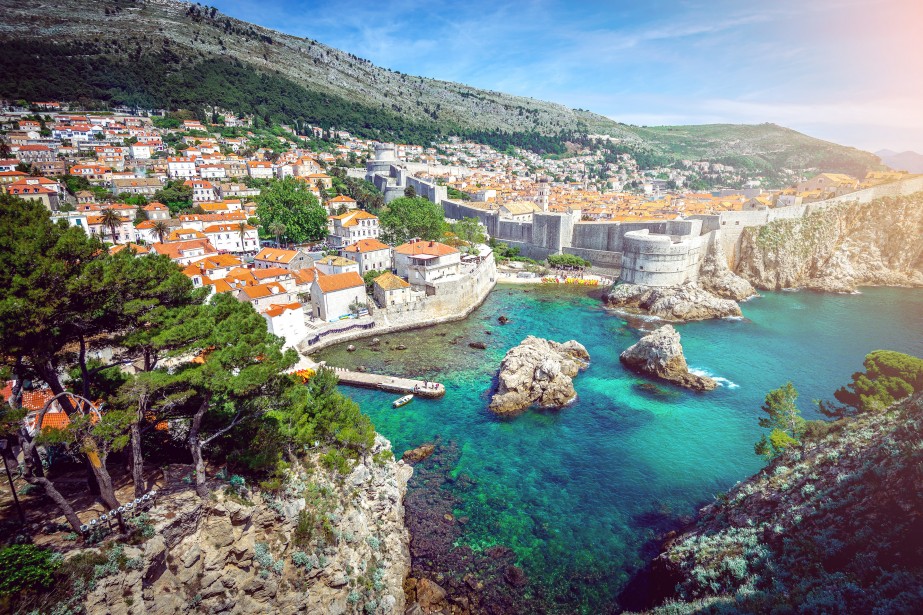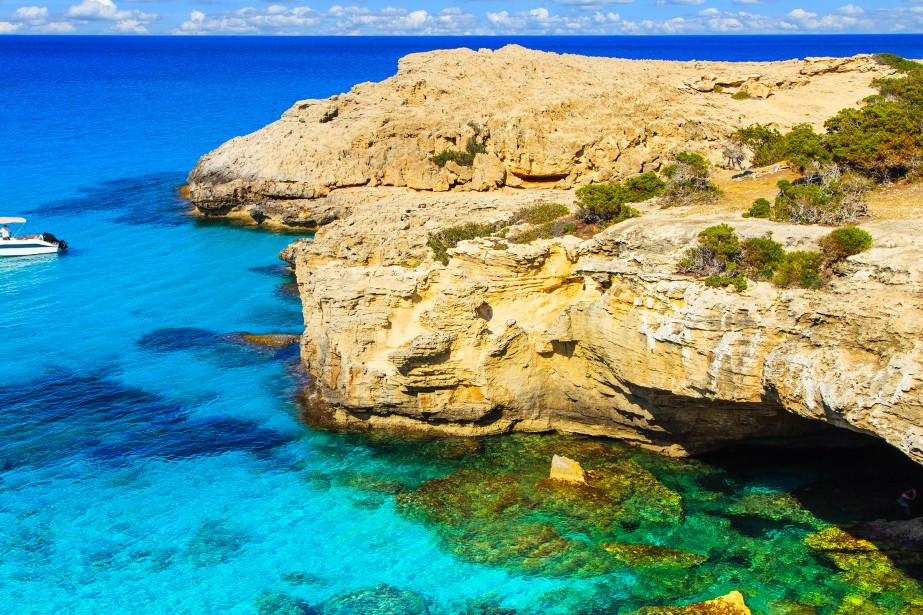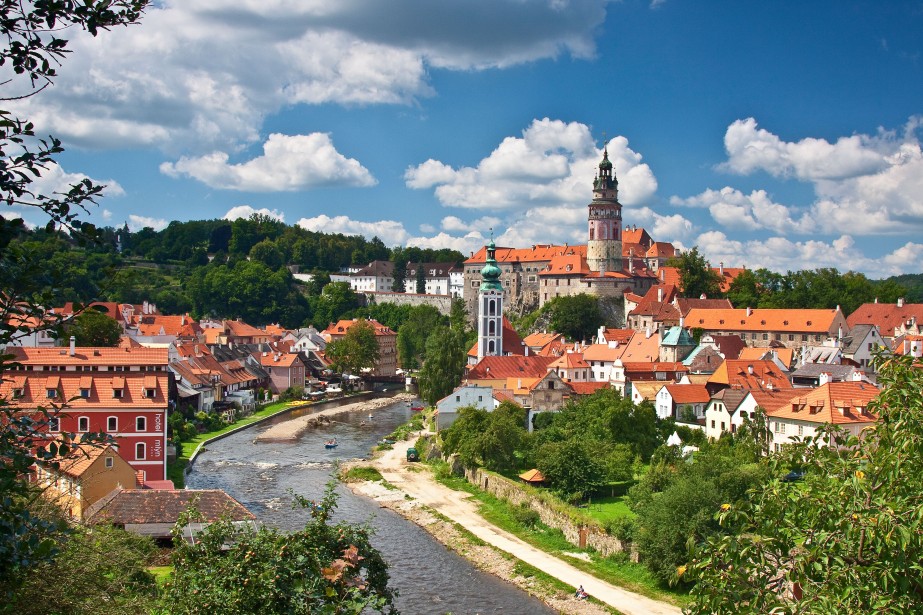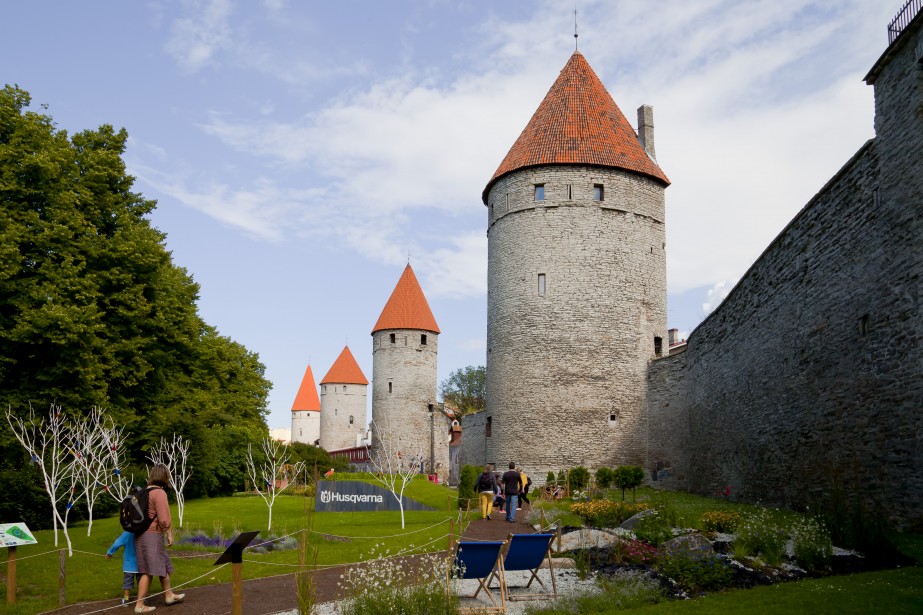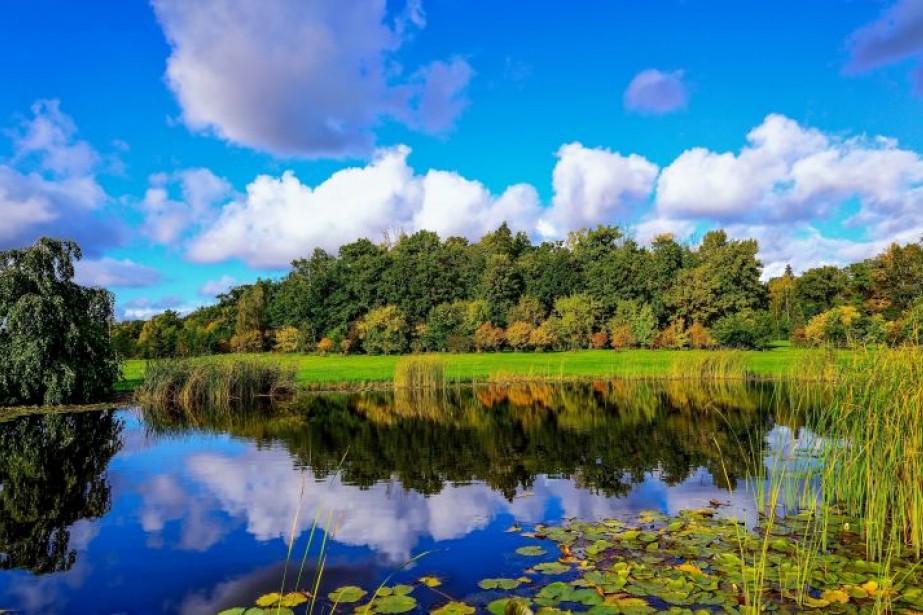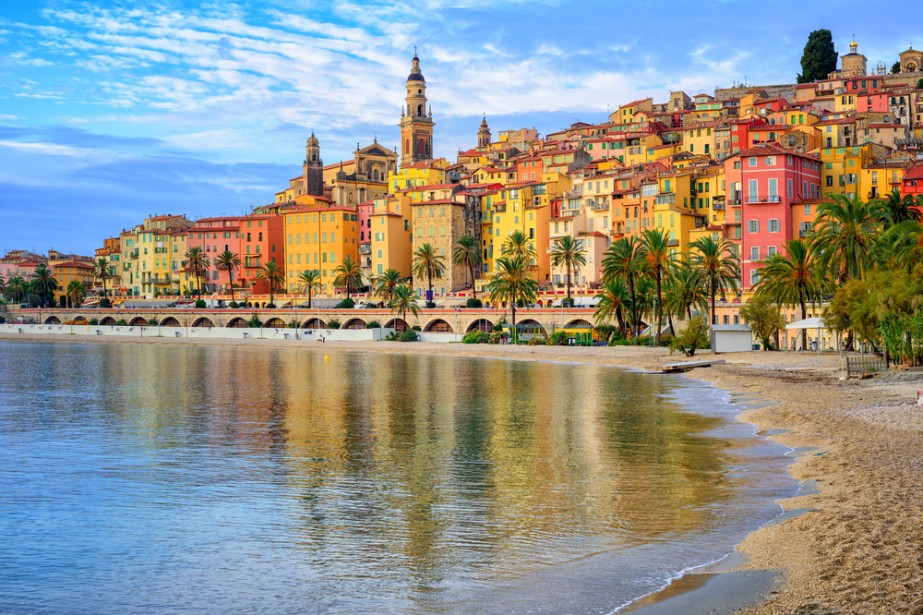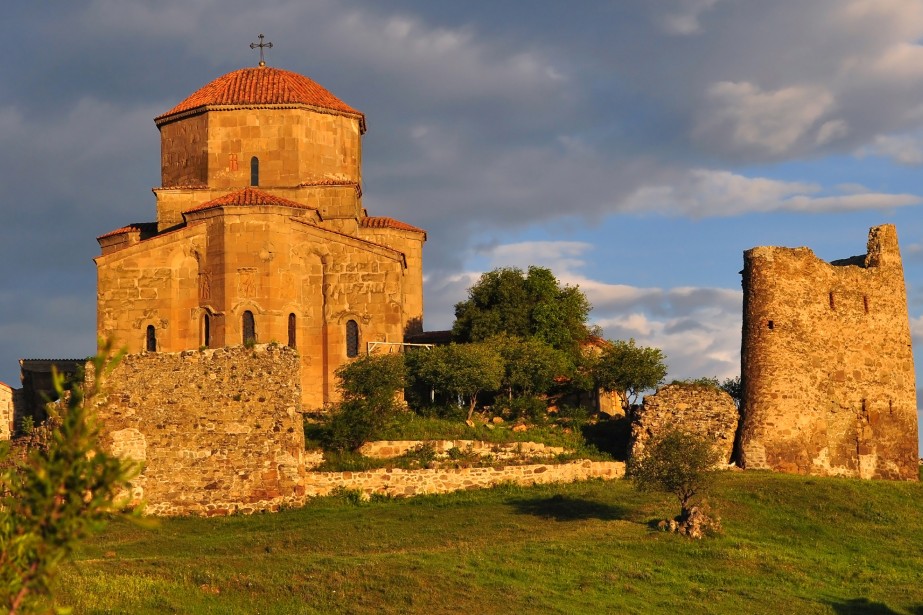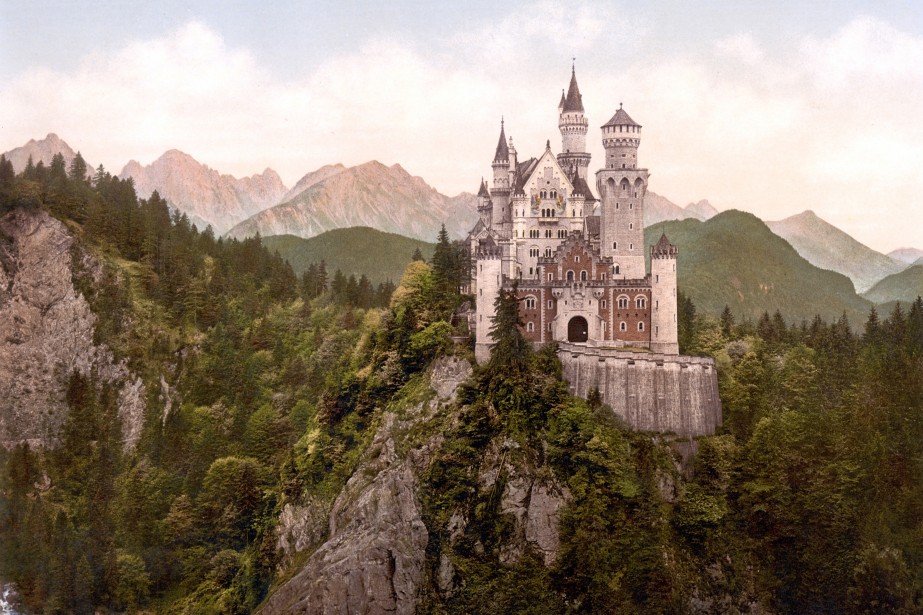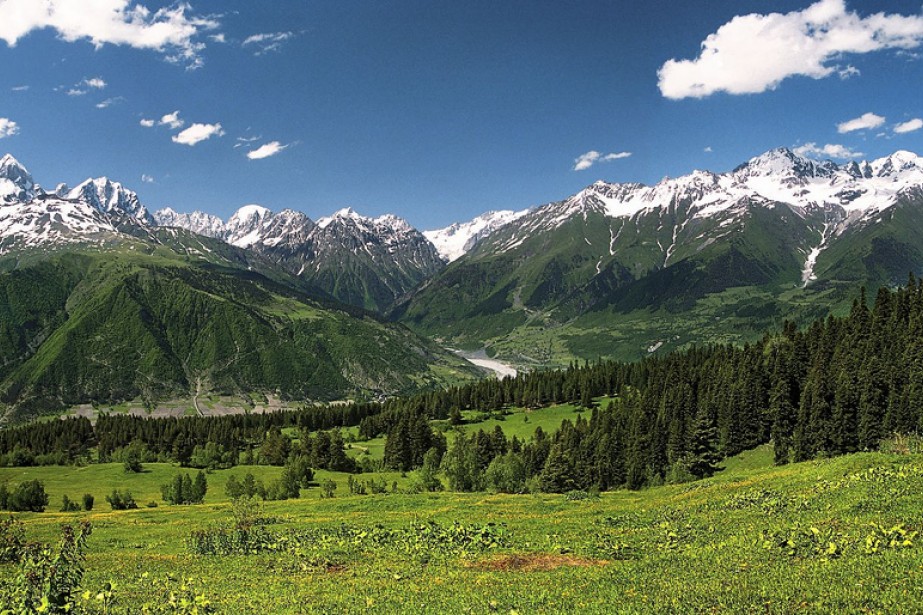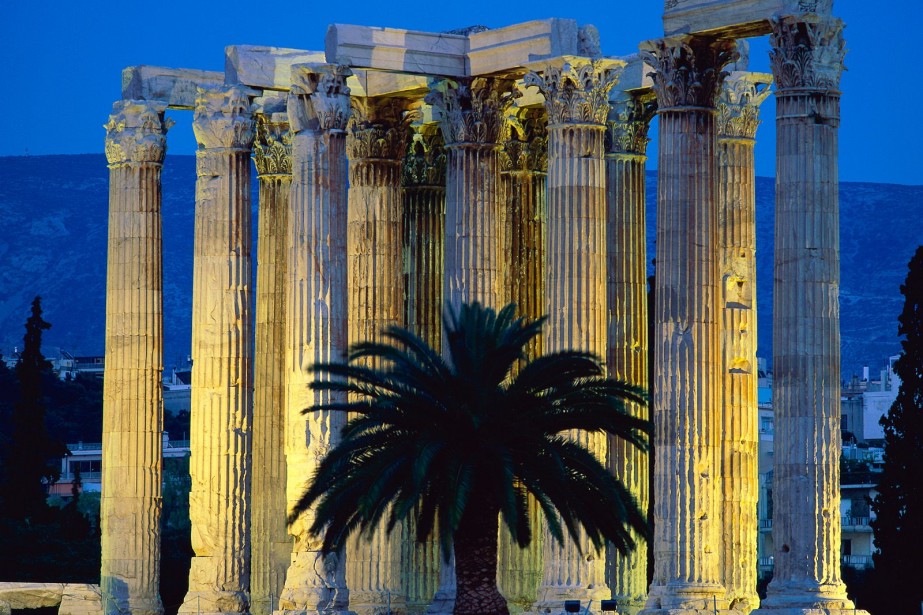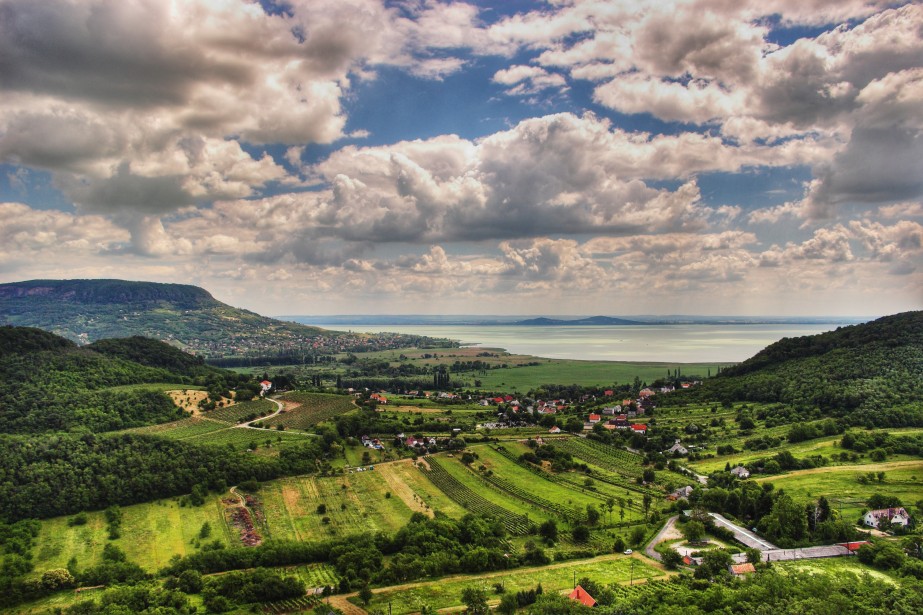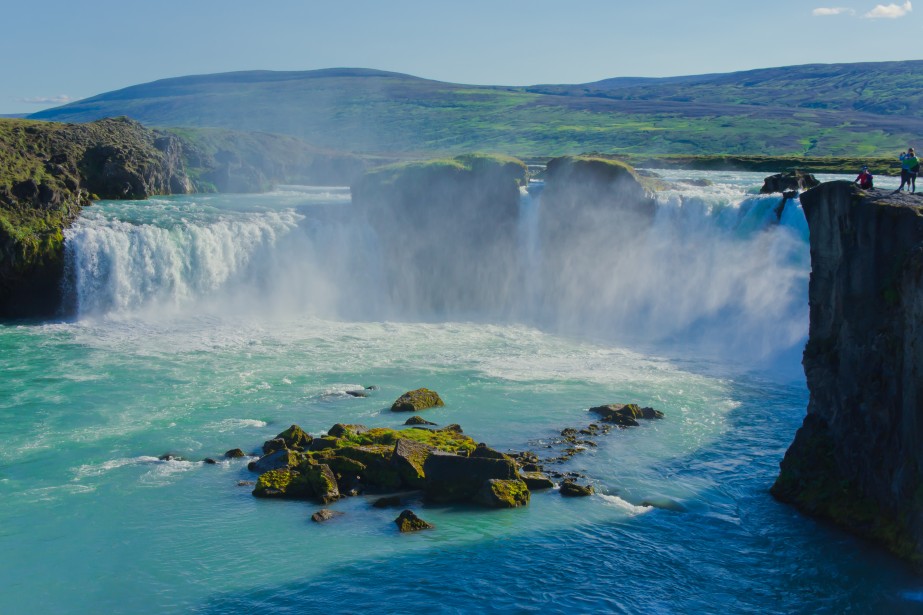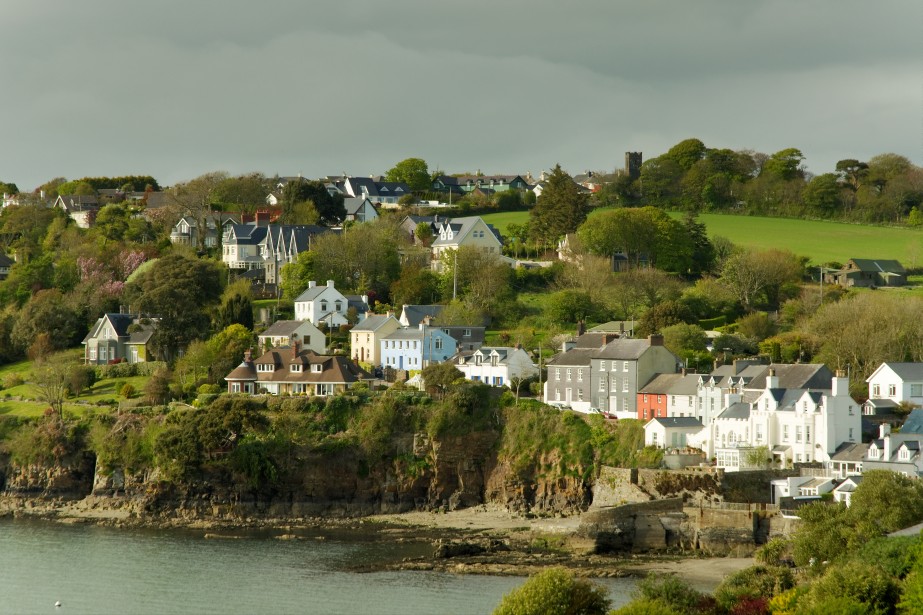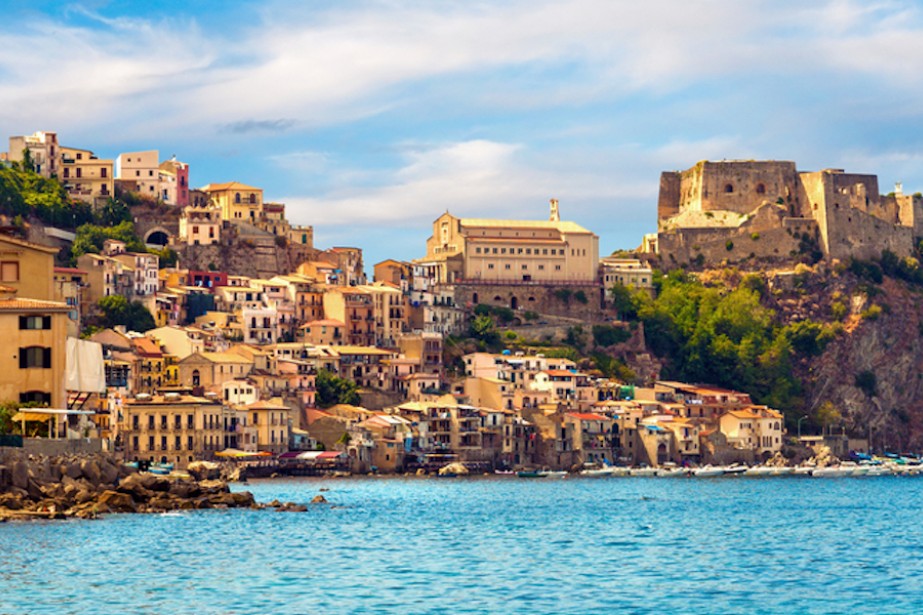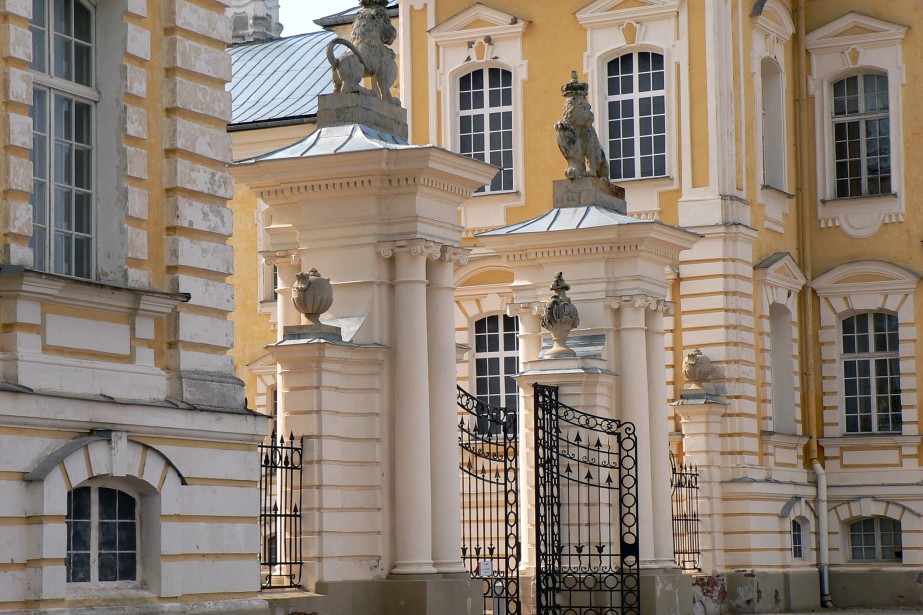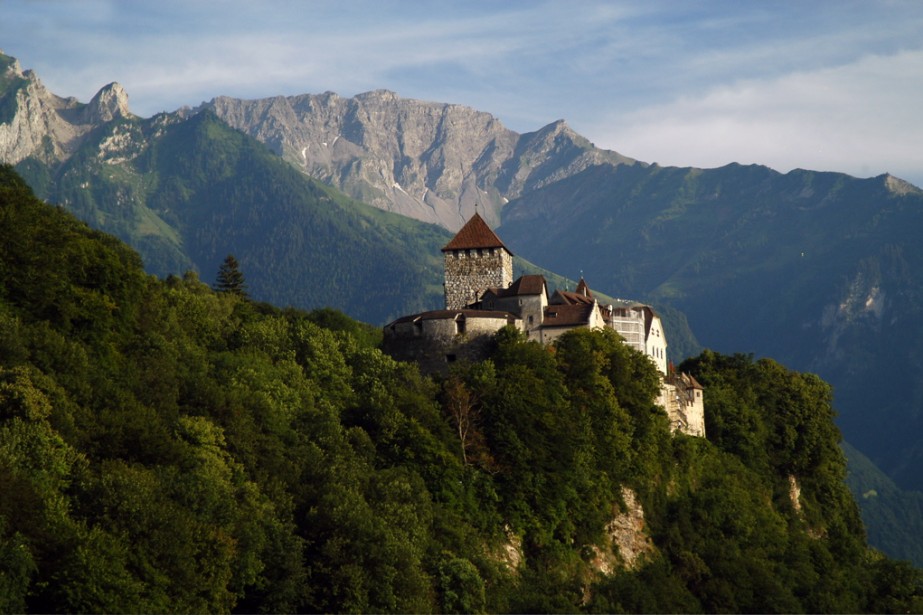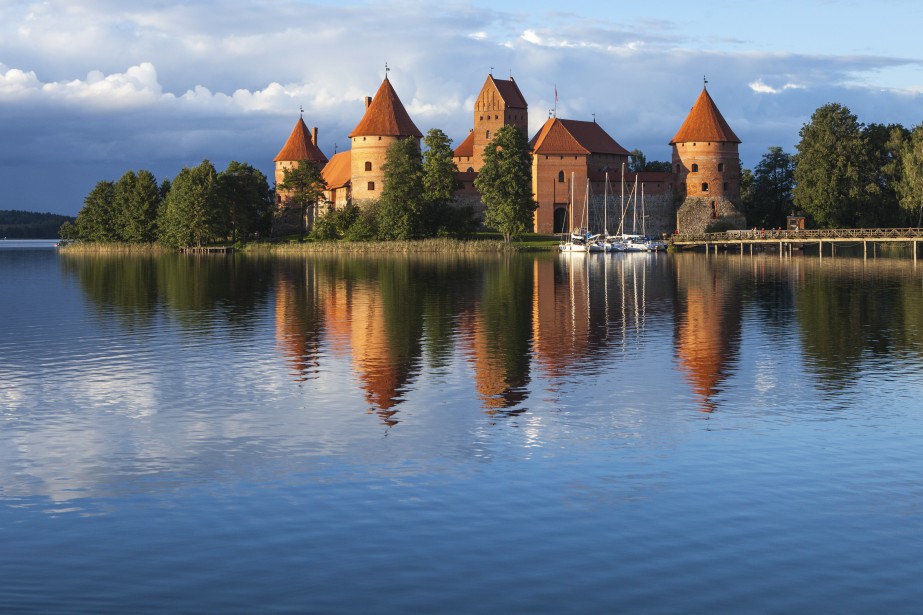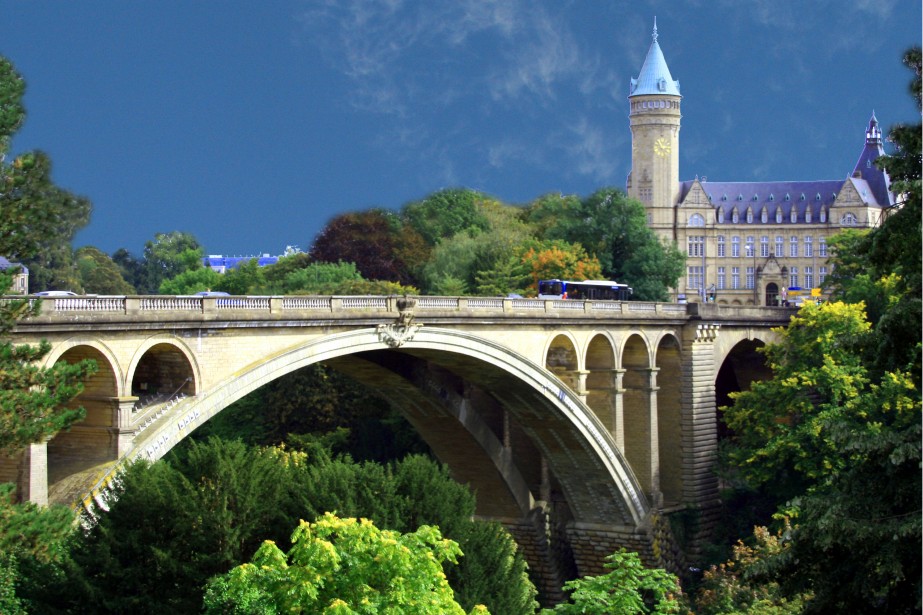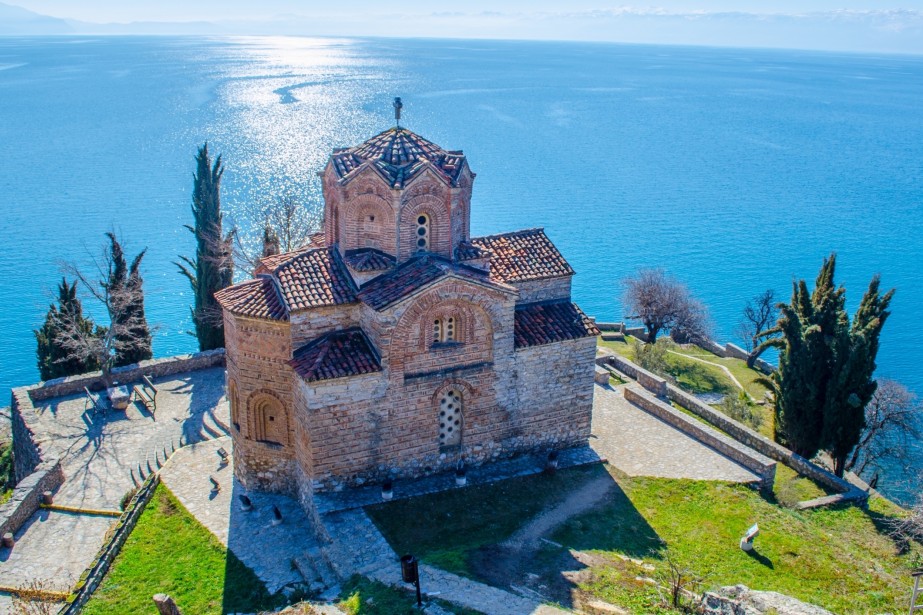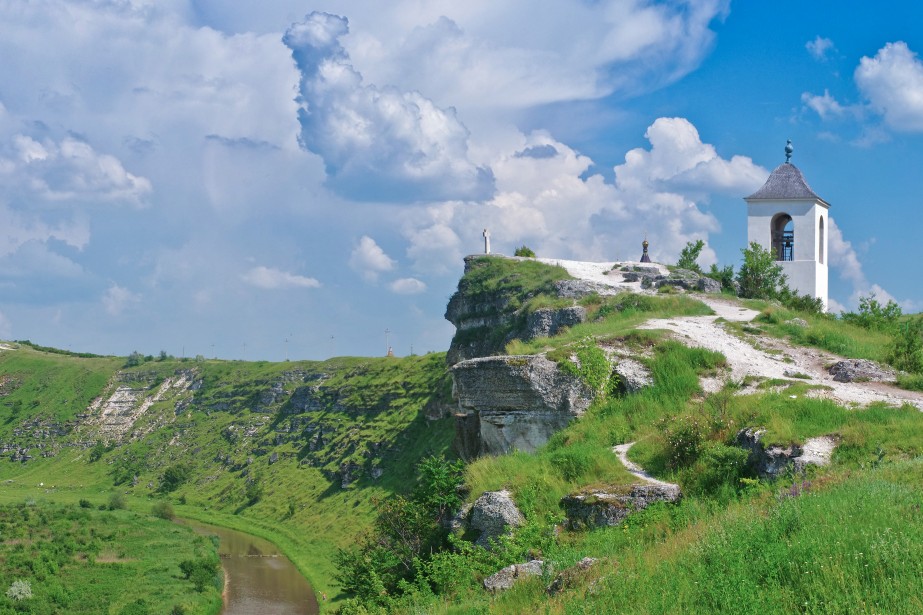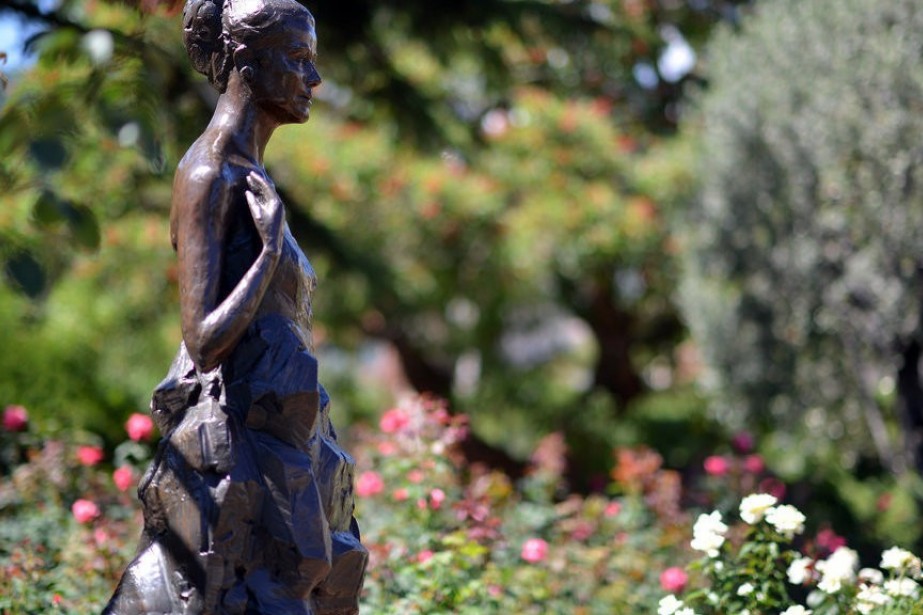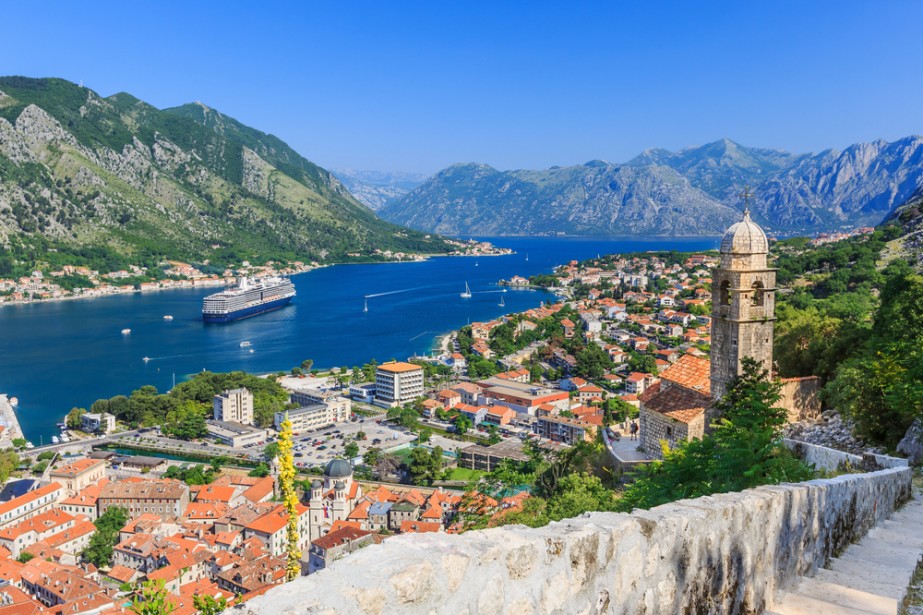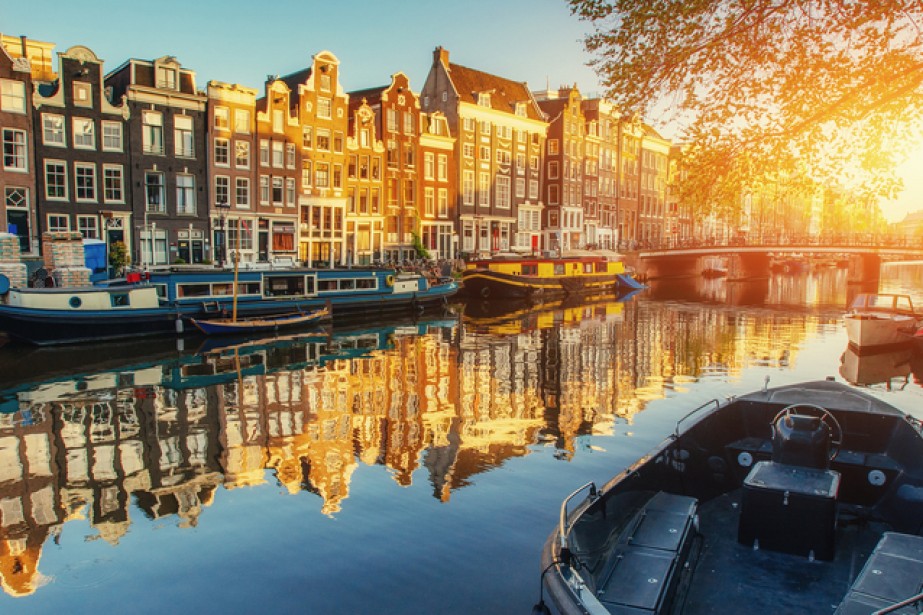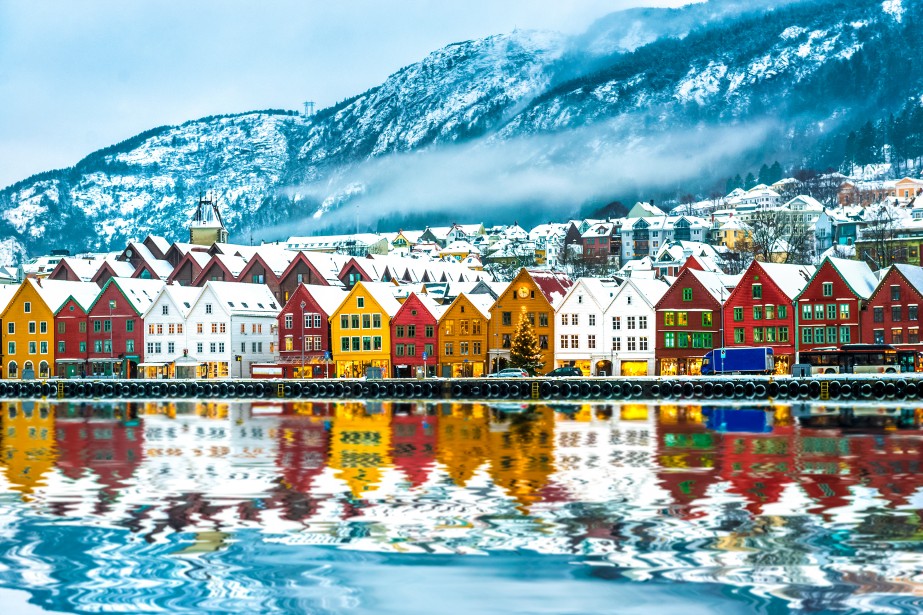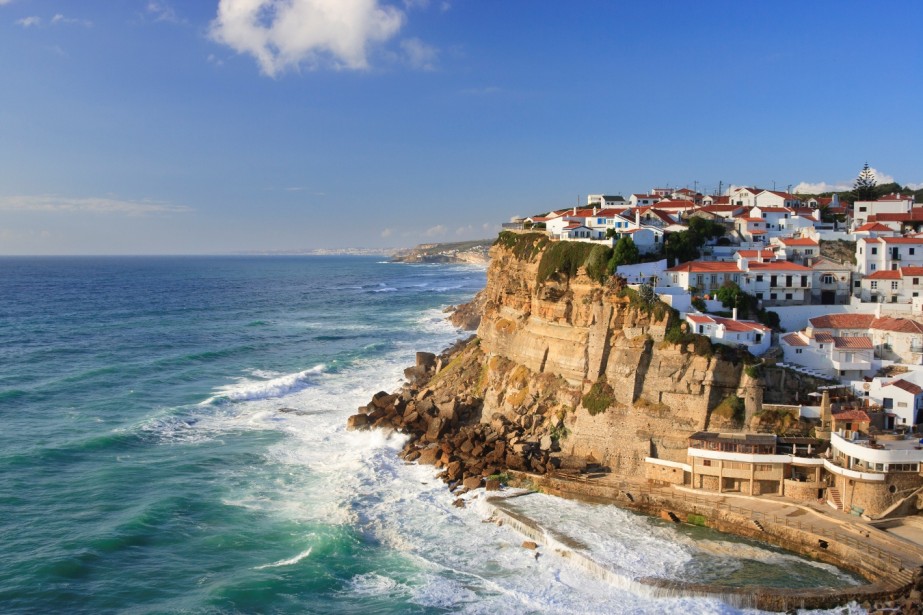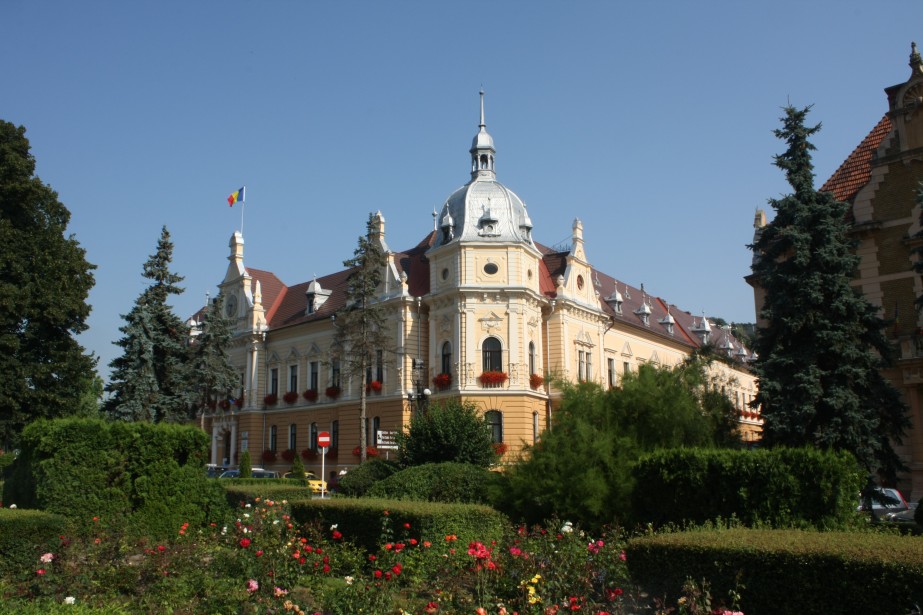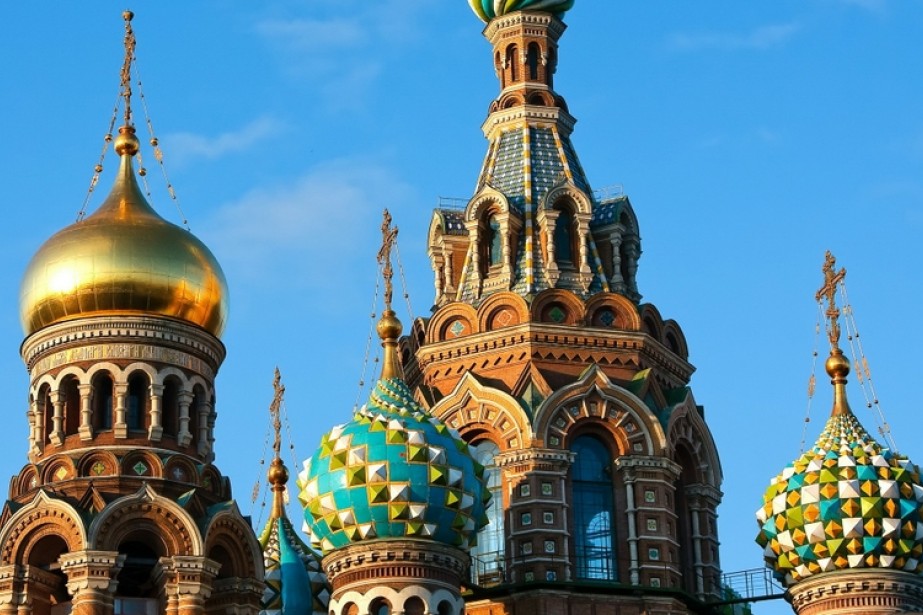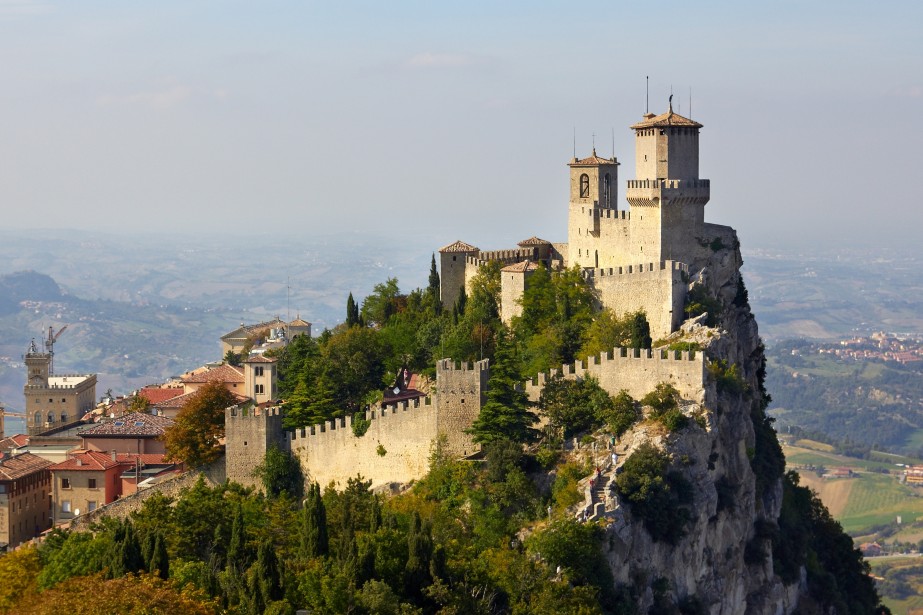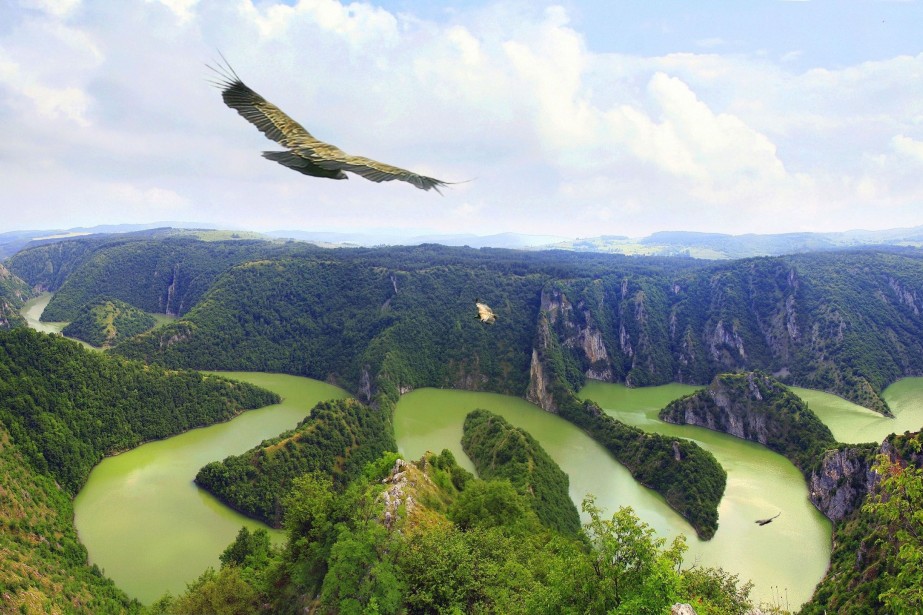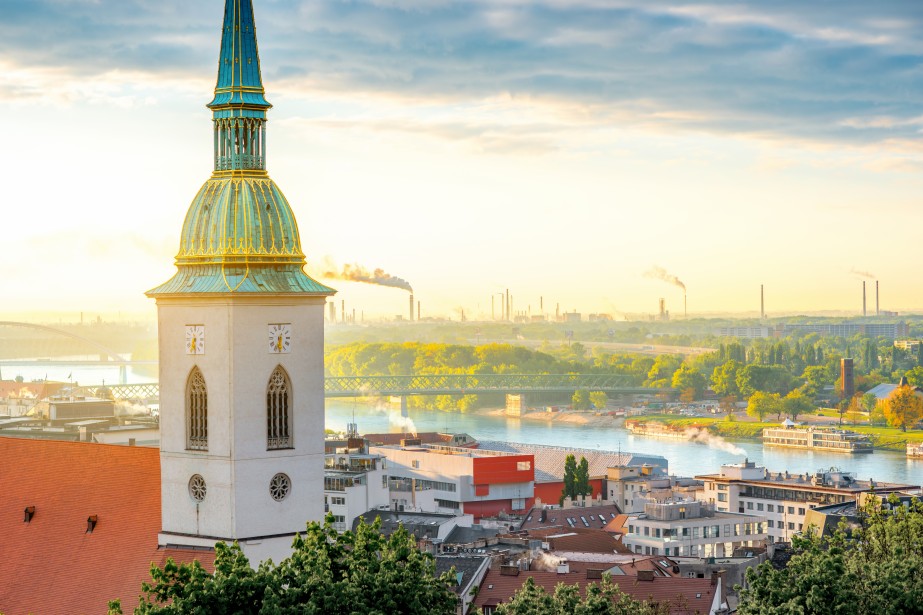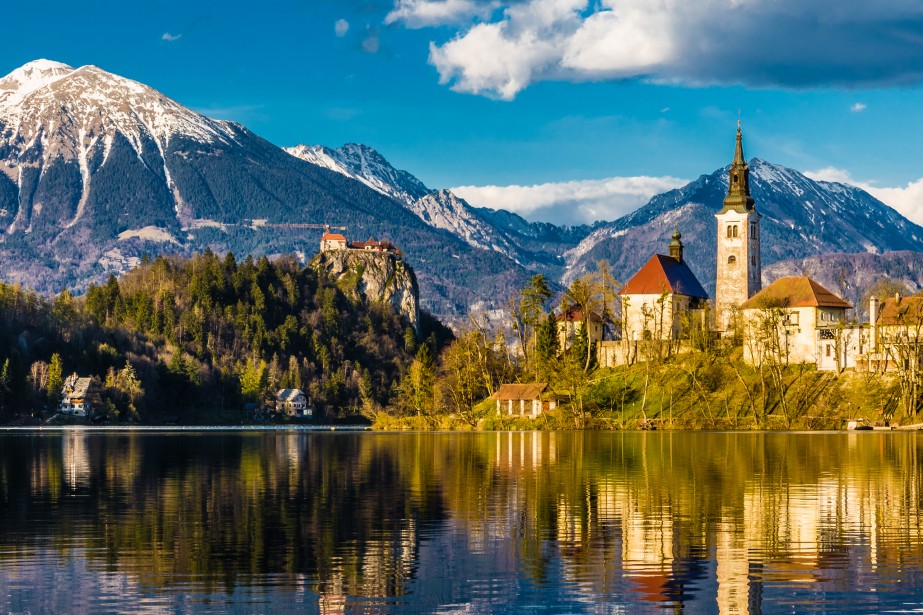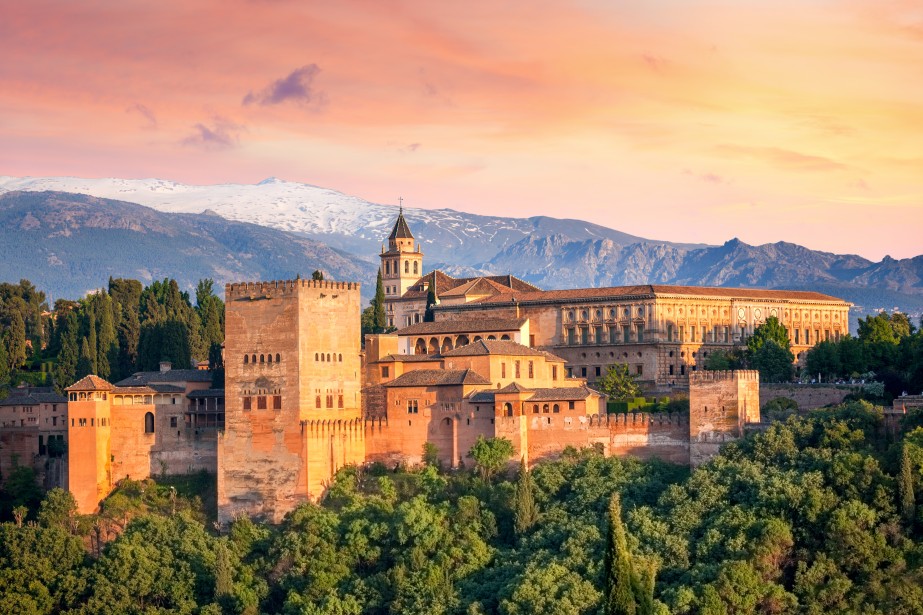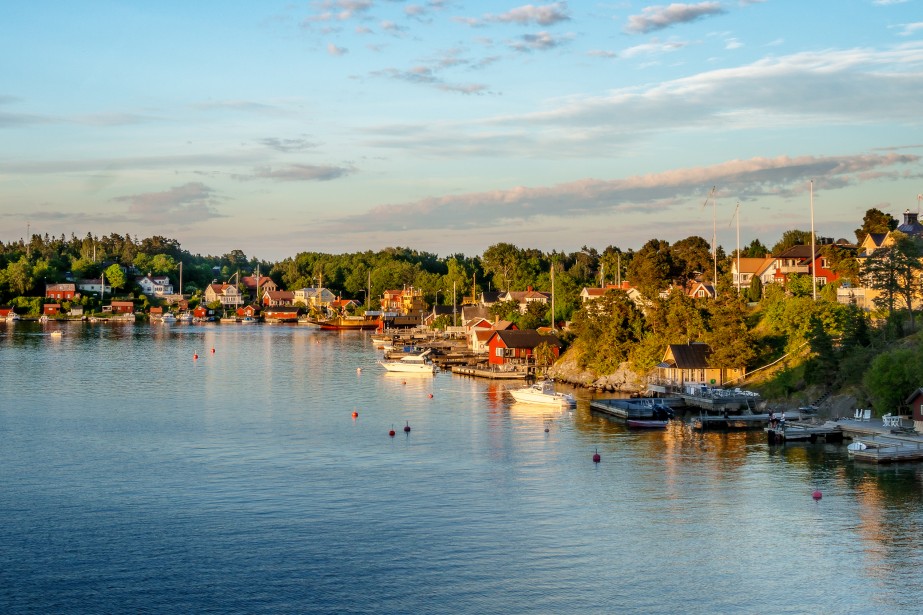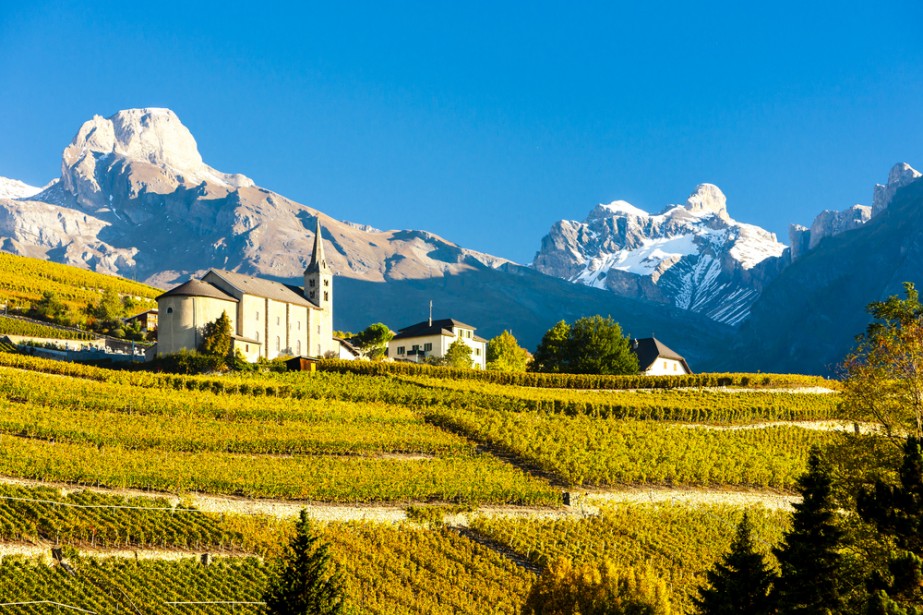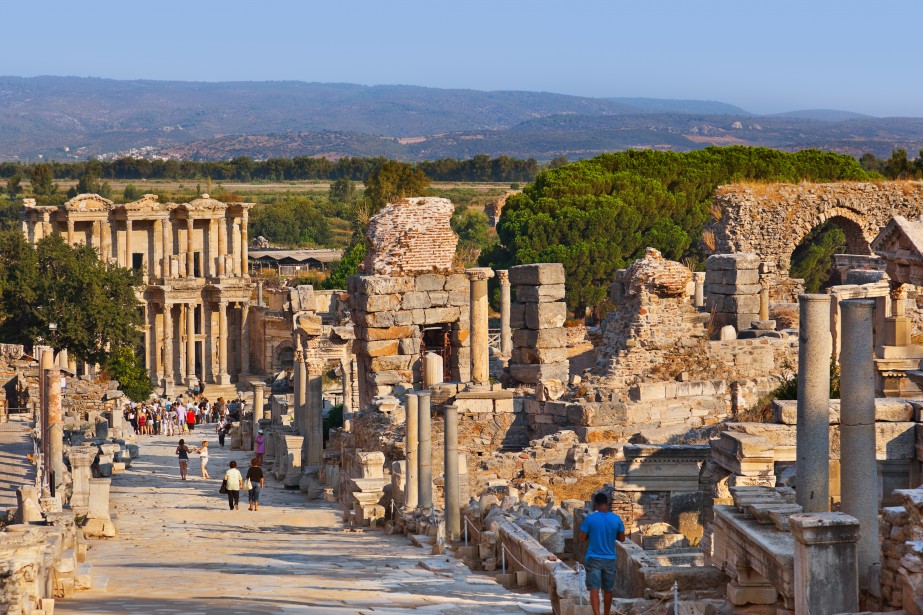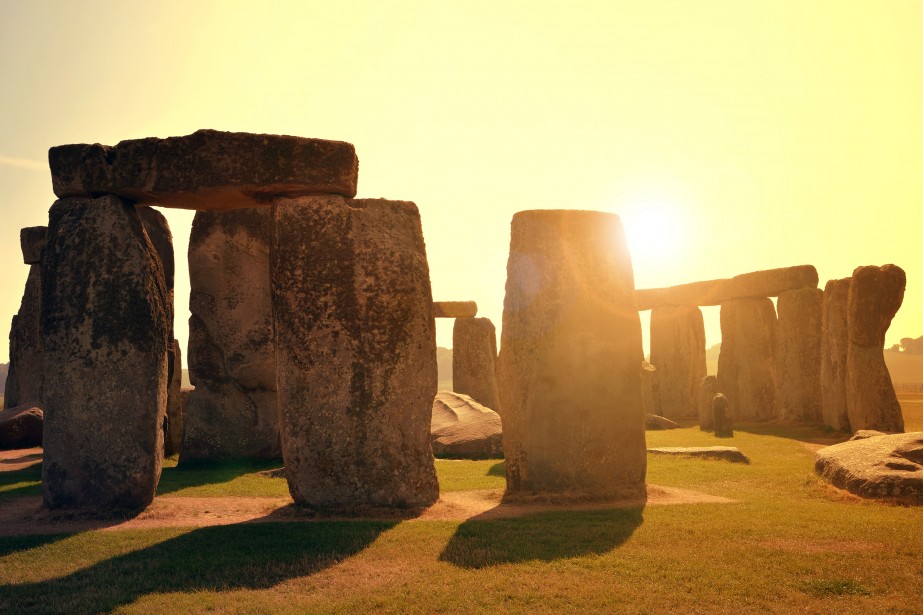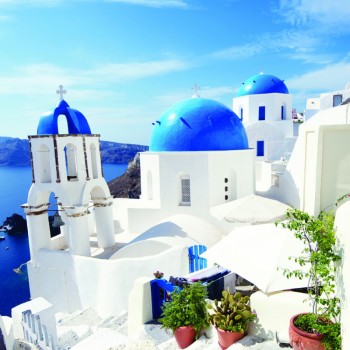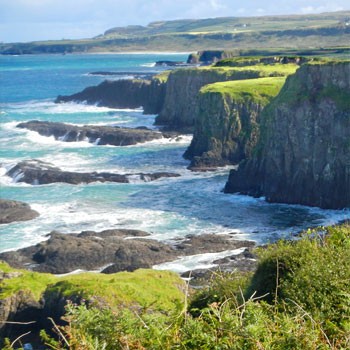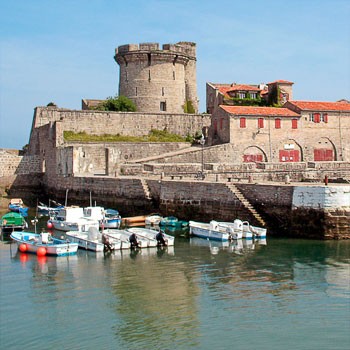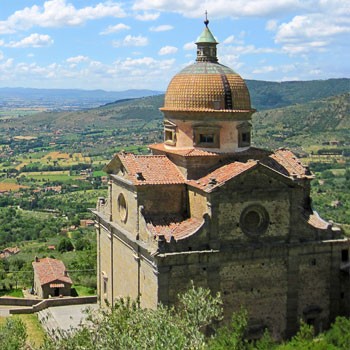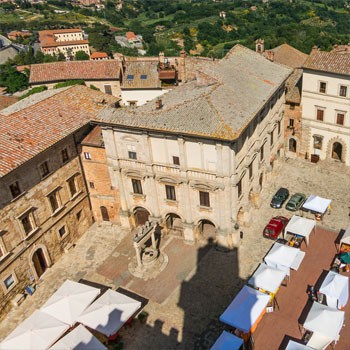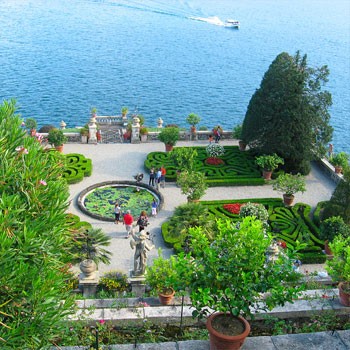Submitted by Carie Williams on November 17, 2015
Overview
The Czech Republic has played an integral role in the course of European history. Beautiful touches of this country’s journey through time can be seen around every corner. Romance and death. Plenty and famine. The resilience of this land-locked country and the Czech people is not only uplifting, but inspiring.
Evidence of human presence in this area has been dated back to the Paleolithic era. Migrations of many tribes over centuries into this area, some settling, some moving on to other areas of Europe, culminated into the Kingdom of Bohemia. It was a powerhouse during the Middle Ages. Alternating times of turbulence and prosperous growth continued until the 14th century.
The House of Luxembourg ruled over Bohemia beginning in 1310. Bohemian King Charles IV came to power in 1346 following the death of John the Blind. King Charles IV also held titles as Holy Roman Emperor, King of Italy, and King of the Romans. His reign is considered the Golden Age of Czech history. Two years after the end of his reign, the Black Death ravaged the country killing approximately 10% of the citizens of the Kingdom of Bohemia.
In 1437, the House of Habsburg came to power. The family reigned through the fall of the Holy Roman Empire until the end of World War I at which point the independent republic of Czechoslovakia was created. Although aligned with the Allies in World War I, the country found itself ceding to Germany in World War II. There was Czech resistance to the Nazi occupation that resulted in numerous bloody conflicts. At the end of the War, the Communist state remained. It wasn’t until 1989 that democracy returned to the country.
At the beginning of 1993, the Czech Republic was official formed through peaceful revolution and split with the country of Slovakia. Six years later the country joined NATO; the European Union in 2004. The Czech Republic proudly displays its scars and triumphs through architecture, art, oral history, and historic landmarks. It is also one of the most environmentally conscious countries in the world. If you are looking for stunning architecture, historical significance, to commune with nature, or anything in between, the Czech Republic will have something to offer.
When to Travel
The country offers a continental climate with a wide variation of temperatures from summer to winter. The elevated areas in the country will have lower temperatures and more precipitation. The highest temperatures occur in July, as does the most amount of rain. Summer temperatures average around 68°F.
January is the coldest month and there will often be snow in the ground, especially in the mountainous areas. Between summer and winter, temperatures will fall as the leaves turn to varying shades of red and gold. Fall is a beautiful time of year in the Czech Republic. As winter fades into spring, the temperatures typically increase quickly. The rapid melting of snow can occasionally lead to flooding.
A visit in the spring would not be complete without participating in Pálení Čarodějnice, which translates to burning of the witches. Held the evening of April 30, this festival is similar to Halloween night in the United States. Bonfires will be lit in almost every town in the country to celebrate this event. Children and adults both dress as witches to chase winter away with finality. This event is fun for everyone, but especially families and children.
A June visit to the Czech Republic must include a stop in the town of Český Krumlov. Celebrated the weekend of summer solstice, the Five-Petalled Rose Festival transforms the town into an enchanting medieval experience with dancing, jousting, and live performances in the streets. Rub elbows with artists, musicians, and craftsmen from a bygone era. Fireworks above the castle will end what promises to be an unforgettable trip to see this festival.
Cuisine and Drinks
Fish is a rare treat in the Czech Republic, a country with a cuisine that places much emphasis on meat. Wild game are popular proteins, along with the more traditional pork, chicken, and beef. Regardless of protein, the Czech cuisine will deliver top results in flavor.
Pečená kachna is a Bohemian-style roast duck dish served with bread dumplings and braised red cabbage. Considered a dish for nobility, this is a simple dish that tastes anything but. Warm and comforting with a symphony of flavor, this is a Czech dish that begs to be tried.
One of the most popular Czech culinary offerings is svíčková na smetaně. This dish includes a marinated beef sirloin prepared with a variety of vegetables and spices then boiled in cream. Served with additional cream, cranberry sauce, and fresh lemon slices, it is easy to see why it frequents so many Czech dinner tables.
Guláš, the Czech version of the traditional Hungarian dish goulash, can be found in almost every pub in the country. Typically make with beef, it is served with bread dumplings and topped with fresh onion slices. Of course, beer is recommended as the perfect pairing with this dish.
Beer has a significant history in the Czech Republic. The first known brewery dates back to the 10th century. Pilsner style beer originated in western Bohemia. Today, the country has the highest per person beer consumption ratio in the world. Small breweries can be increasingly found throughout the country and their product rivals the best in the world.
The Southern Moravian region has been producing wine since the Middle Ages. Almost all of the wine produced in the Czech Republic comes from this region. The Moravia province is also noted for its production of slivovice, a fruit brandy best consumed at room temperature. Traditionally produced in the home, production has gravitated to local distilleries.
For those looking for a non-alcoholic beverage option, try the Kofola. Originally developed in 1959, this caffeinated beverage is a formidable rival to Western-based cola companies. It is also used as a mixer in cocktails, often paired with Tuzemak, a domestic rum.
Popular Sights
Prague Castle – This castle has been a central point of power since the 9th century, still serving today as the official residence of the President of the Czech Republic. One of the largest castles in the world, it occupies approximately 70,000 square miles of space. Various styles of architecture can be seen within the walls. Some renovations took up to six centuries to complete. The castle has been home to numerous notable personalities over time. The castle complex houses many remarkable churches, palaces, halls, and gardens.
St. Vitus Cathedral – A gorgeous specimen of Gothic architecture, this cathedral is not only the largest, but also the most significant church in all of the Czech Republic. It is located within the Prague Castle complex and is the final resting place for various Holy Roman Emperors and Bohemian kings. Relics of saints are kept in the Chapel of St. Wenceslas within the cathedral along with the Czech Crown Jewels. The latter are only displayed to the public once every eight years.
Old Town Square – A stroll through Old Town Square in Prague is nothing short of exceptional. It is lively place to meet new people, enjoy a wonderful meal, or to see one of the most famous astronomical clocks in existence. Every hour, the clock sets into motion a beautiful display of ancient innovation. Local legend is that the clock’s fate is tied to the city’s fate.
Josefov – This town quarter is what remains of the former Jewish ghetto in Prague. The birthplace of Franz Kafka, what remains of the quarter is the town hall, six synagogues, and the old cemetery. All are now a part of the Jewish Museum. The Old Jewish Cemetery is the oldest of its kind in Europe and the resting place for an estimated 100,000 people in 12 layers of graves.
Sedlec Ossuary – One of 12 UNESCO World Heritage sites in the country, this Roman Catholic chapel is a macabre remnant from history. It holds the remains of somewhere between 40,000 and 70,000 people. The Black Death in the mid-14th century and the Hussite Wars in the early 15th century left and abundance of dead. This led to the building of the Cemetery Church of All Saints around 1400. The lower chapel of the church was designated to be an ossuary. The task of exhuming the remains was given to a half-blind monk in 1511. Almost 350 years later, František Rint was hired to bring more organization to the ossuary. The result is nothing short of morbidly fascinating and includes a chandelier containing at least one of every human bone, garlands of skull, and a coat of arms build entirely of bones. A visit to this chapel is nothing short of chilling.
Practical Info
The official currency is the Czech crown, also known as the Koruna. Although a part of the European Union, no date has yet been set for a conversion to the Euro. Currency exchange locations can be found throughout the city of Prague. Many hotels can also assist. Outside metropolitan areas, most banks can assist. Credit cards are widely accepted, although cash may be required for smaller amounts.
Light clothing is acceptable in summer months. In spring and fall, layers are advisable as temperatures are more apt to fluctuate. Warm dress is required in the winter as temperatures can get very low. A heavy winter coat, hat, and gloves are recommended.
Standard voltage in the Czech Republic is 230 volts. Most European style plugs can be used. If an appliance requires voltage outside 220V-240V, a converter will be required.
Sources
https://en.wikipedia.org/wiki/Czech_Republic
http://www.czech.cz/en

